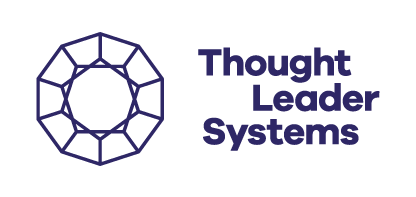How Inbound Marketing Works
With inbound marketing, you consistently place your potential customers at the center of your efforts. You tailor your marketing activities to the search behavior (customer journey) of potential customers. Additionally, you consider the specific informational needs of different ideal customers (buyer personas) and leverage the possibilities and potential of using value-adding customer information (content marketing).
Customers and prospects receive the right information in the right place at the right time in the right format. This is not intrusive but useful and helpful for them. This is 'Marketing that people love'—marketing that people appreciate.
Four Steps for a Successful Inbound Marketing Strategy
Step 1: Develop Buyer Personas for Potential Customers
Through interviews and studies, you gain a clear understanding of the problems and informational needs of your key potential customer groups. Create a buyer persona profile for each customer group. In this profile, describe their background, life situation, motivations, desires, and challenges.
Consider how your products can help these ideal customers—whether in solving their problems or achieving their goals.
Step 2: Analyze the Customer Journey and the Buying Process
Identify the typical information pathways of your customers. Where does their information search begin, and how do customers approach their procurement problems? Who do your customers consult for advice? How does the buying decision process unfold, and who is involved? Develop an overview of the informational needs in each of the three classic phases of the customer journey based on these questions.
This forms the basis for your effective and tailored content marketing strategy.
Step 3: Create Value-Adding Content that Convinces Customers
Your content is the message you convey to customers through your inbound marketing strategy. Content is the currency by which Google measures your authority and reach. Therefore, create high-quality content tailored to your buyer personas.
Consider content creation as an ongoing process, involving your company’s experts and possibly agencies.
Prospects pay for good content—with their contact information. In exchange for downloading a content offer, prospects register with their email address. This can be the beginning of a long-term relationship.
Step 4: Strategically Use Content for Customer Acquisition
No matter how good your content is, it only becomes a marketing tool when you use, promote, and offer it strategically where people are searching for it. This is content marketing at its best.
Content distribution often starts with social media posts that link to further information on the website (e.g., a relevant blog post). There, a call-to-action button encourages content downloads. Content marketing and social media marketing are more intertwined than often realized.
The next click leads to a landing page, where a website visitor provides their email address in exchange for the content download. This way, content distribution generates a new and qualified contact, which can be further nurtured and developed through email marketing.
Conclusion
With inbound marketing, you know what your new contact is interested in and where they are in the buying process. And with inbound marketing, you use all available channels (website, social media, etc.) in a coordinated manner.


